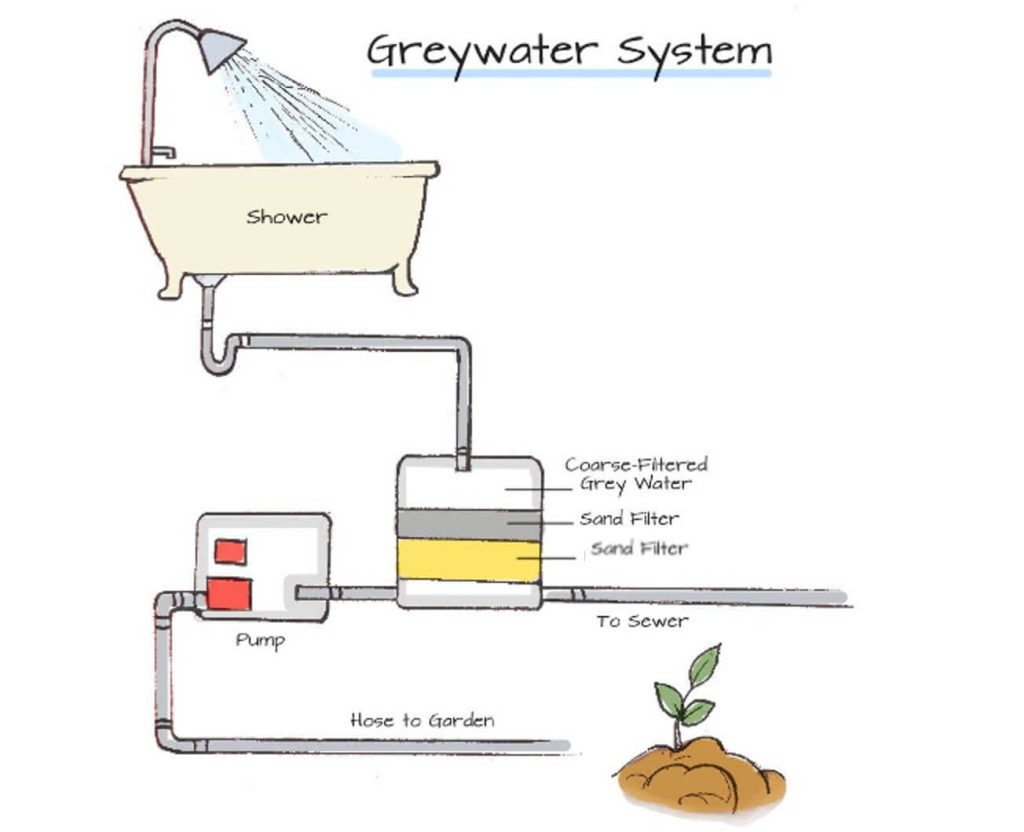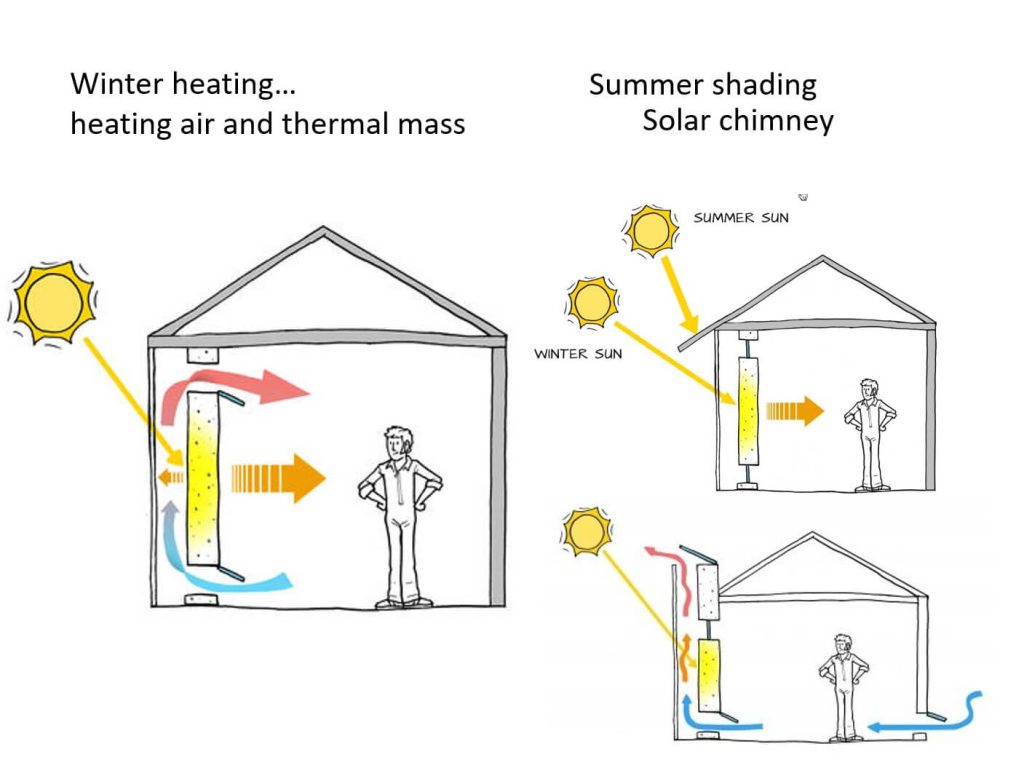Are you looking to make your home more energy-efficient? Many of us have been in the position of wanting to make a big change but not knowing where to start from.
Scott Barnes, our Research Program Manager, RACE for Homes, has shared some of the steps he took to make his house more energy efficient. A key takeaway? It took many years, 22 to be exact. Scott was dealing with a post-war house built in 1951 and with the experience of having lived for a period in Canada and Sweden, realised what a truly comfortable home felt like and that it is possible to be comfortable year-round and actually use less energy.
How did you start?
The first step was to vacuum the ceiling of 50 years of accumulated dust and then install R3 insulation over all rooms. He then dealt with one room at a time over several years, removing all skirting boards, window architraves and the external facing wall plaster. Importantly, a vapour permeable membrane was installed against the weatherboards before adding bulk insulation to the cavity and gaps were sealed. This included each of the original wall vents, the gaps at the floor-to-wall junction and around the window frames before replastering.
How did you pick the rooms you would work on?
First, we took what was the hottest room in summer which in our house was also and coldest room in winter so we could get the most benefit from our effort. In the end, what had been our most comfortable room prior to insulating by the end the least comfortable! … until it too got insulated. While we would have liked to replace the windows with double-glazed units this was too expensive at the time, so we added curtains to complement the existing roller blinds to reduce heat loss at night in cold weather and on very hot days to reduce heat gain.
Do you remember in what order you made the changes?
After improving the thermal insulation room by room over between 1997 and 2000 we took on a major renovation building a new kitchen, open plan family room and a third bedroom. Considerable effort went into maximising winter solar gain and thermal performance of these additions. This included calculating a NatHERS rating for both the old and planned new sections of the house. The net result of this work was to include a “Trombe wall” (an externally glazed solid masonry wall) on the northern side of the extension to improve solar gain and to allow heat absorbed during the day to continue to provide heat well into evening. All walls, floors and ceilings in the extension were insulated and double-glazed timber-framed windows were used throughout.
In 2008 we installed our first solar panels, just 1.2kW, which were very expensive even with a generous government rebate and high feed-in tariff at the time. We upgraded our house PV and added a battery in 2018 to give 7.2kW of PV and 12kWh of storage as prices had come down substantially and the payback period, while long for the battery, was just within its warranty period of 10 years. A new government rebate was also helpful in making this decision.
From early 2000 rainfall was low and ultimately led to stage four water restrictions being introduced across Geelong in 2006. To help keep our fruit and shade trees alive over this 10-year drought we built and installed a large grey water filter. Another fortune of having a house on stumps was that we had been able to insulate under the floor and could now also separate grey water, leaving only kitchen and toilet water going to the sewer. With filtration and pumping, along with a careful selection of soaps and detergents used our garden was appreciative.

What benefits did you see from all these changes?
Well, we now have lots of large deciduous trees and evergreen trees, including stone fruits, apples and citrus and haven’t needed to use peak grid power (between 6-9pm) since installing the house battery. Two years ago, when getting additional house wiring to install an EV charger, we had our electrician run additional cables as we planned to eventually install a heat pump hot water, reverse cycle air conditioner (primarily for heating) and an induction stove as we could afford them. The last of these major appliances were finally all installed in 2023 allowing us to happily have the gas meter disconnected. What was interesting to discover was that despite doing a lot of home cooking and being really happy with the gas stove the whole family have now become total converts to the induction stove and electric oven.
To use electricity more efficiently and rather than considering our property in isolation we have switched to a wholesale power retailer and allowed them control of our battery and solar which means we can play a small part in reducing the amount of fossil-generated power our neighbours use by injecting power from our solar panels or house battery into the grid (and generate a little extra income from selling power when prices are high).

Do you plan to make any future changes?
Of course! We still have underfloor insulation to complete for two rooms, and I hope at some stage we can connect our electric car to the house in a way that will make its power available to our house and the grid in the same way our house battery operates. I also think we can take more advantage of our deep, nutrient rich alluvial soil to produce more vegetables than we do now, to further reduce our food miles and lower the carbon footprint of our household. Probably the last major item on the to-do list is setting up a rainwater tank to use for the garden and toilet flushing
All these changes allowed Scott to transform his house to be comfortable year-round including during extreme weather events and can be seen by the shift from a 1-star house to a 6.3-star house on the NatHERS energy efficiency scale.


